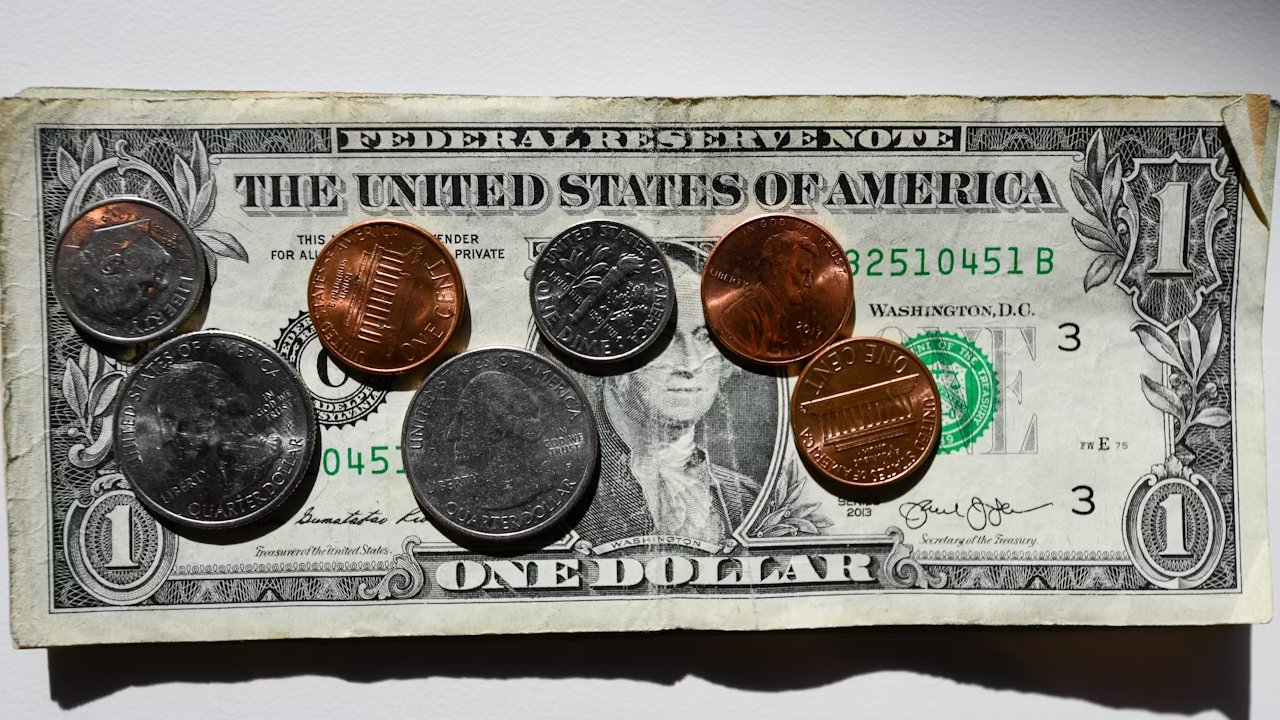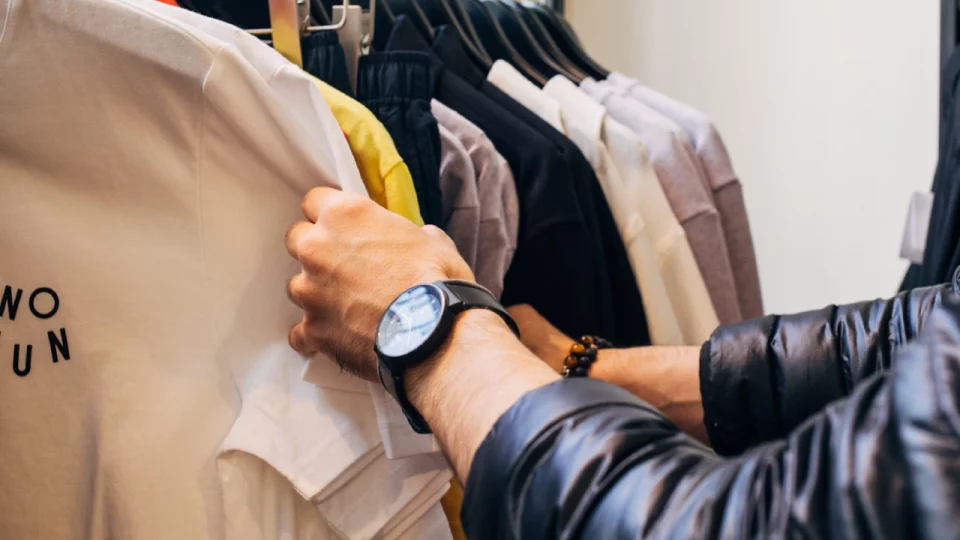In the ever-evolving landscape of consumer behavior and market dynamics, buying “out of season” has emerged as a compelling strategy for savvy shoppers.
This concept, which involves purchasing items that are not currently in high demand, such as winter coats in the summer or patio furniture in the winter, offers a range of potential benefits that appeal to both budget-conscious consumers and those who want to stay ahead of the retail curve.
But is it a smart move in 2024? With inflation concerns, fluctuating supply chains, and shifting economic conditions, this approach may have new nuances worth exploring.
Table of Contents
The Economics Behind Seasonal Shopping
To understand why buying out of season might be a good idea, it’s crucial to first look at the economic principles that drive seasonal shopping habits. Retailers typically base their inventory cycles on the assumption that consumers will need specific items at predictable times of the year. For instance, people tend to buy coats and boots as temperatures drop in the fall and early winter. Conversely, swimsuits, patio furniture, and gardening supplies see a surge in demand as summer approaches.
Retailers capitalize on these trends by adjusting prices according to the season. When demand for a product is high, retailers are less inclined to offer discounts. Conversely, when demand drops—say, when winter ends and retailers are left with unsold winter gear—they reduce prices to clear out inventory, making room for new, in-season stock.
This basic principle of supply and demand suggests that buying out of season can offer significant savings. Retailers don’t want to hold onto inventory for long periods, as it ties up capital and space. Therefore, they slash prices, often drastically, on items that are out of season to move them off the shelves. For consumers, this creates a window of opportunity to purchase goods at a fraction of their original cost.
But does this strategy make sense in today’s economic environment?
Inflation and Price Volatility: Why 2024 Is Different

One of the key factors that makes 2024 a unique year for shopping is the impact of inflation and global supply chain disruptions, both of which have been major concerns since the COVID-19 pandemic. Inflation leads to higher prices for goods and services, meaning that consumers are looking for ways to stretch their dollars further. Buying out of season can be one such strategy, as it allows shoppers to purchase items at reduced prices before inflation drives them even higher in their respective seasons.
Moreover, supply chain disruptions have led to unpredictable stock levels in many industries. For example, the availability of outdoor furniture, electronics, or winter gear can be affected by delays in manufacturing or shipping. When supply is uncertain, prices can spike unexpectedly when demand surges, such as during holiday shopping periods or at the start of a new season. By buying out of season, consumers may be able to sidestep these price hikes altogether, ensuring they get what they need at a time when prices are lower and availability is more reliable.
However, inflation can also make it harder for consumers to spend on non-essential items, even if they are discounted. If people are struggling to cover basic costs like food and rent, they may not have the discretionary income to invest in a winter jacket in July or a lawnmower in December, no matter how good the deal. This reality may limit the appeal of out-of-season shopping for some, especially those on tight budgets.
The Role of E-Commerce and Online Deals
Another factor that has changed the landscape of out-of-season shopping is the rise of e-commerce. While brick-and-mortar stores traditionally follow strict seasonal cycles, online retailers are less constrained by the need to clear shelf space. This means that deals on out-of-season items may be available year-round from online retailers who are looking to cater to bargain hunters regardless of the time of year.
For instance, e-commerce platforms like Amazon, Overstock, and Wayfair often run clearance sales on out-of-season goods, and deal sites like Slickdeals or Honey can alert consumers to discounts on items they might not typically search for at that time. Online shopping has also introduced more dynamic pricing models, where prices fluctuate based on real-time demand rather than strict seasonal patterns. This allows consumers to find off-season deals more easily than ever before.
In 2024, when more people are shopping online than ever before due to the pandemic’s lasting effects on consumer habits, buying out of season has become even more convenient. Without the need to visit a physical store, shoppers can effortlessly browse out-of-season items, compare prices, and purchase from the comfort of their homes.
A Green Shopping Strategy?
Beyond financial savings, buying out of season can also align with environmentally conscious shopping habits. The fashion industry, for example, is notorious for its unsustainable practices, especially with the rise of fast fashion. By purchasing clothing out of season, consumers can participate in a more sustainable shopping cycle. Since out-of-season items are typically sold at clearance prices, retailers are less likely to dispose of unsold stock, reducing waste.
Furthermore, when consumers buy out of season, they are less likely to participate in the “just-in-time” demand that puts immense pressure on manufacturers to produce goods quickly and cheaply, often at the expense of the environment. Instead, out-of-season purchasing promotes a more thoughtful, deliberate form of consumption, where consumers plan their needs well in advance rather than reacting to immediate trends.
While this strategy won’t single-handedly solve the environmental crises caused by overconsumption, it can contribute to a broader shift in how people think about shopping. In 2024, with climate change and sustainability concerns at the forefront of many consumers’ minds, aligning financial savings with eco-friendly practices is an added benefit that could make out-of-season shopping even more appealing.
What to Buy Out of Season?

While the concept of out-of-season shopping sounds good in theory, it’s important to know which items offer the best deals when bought at the “wrong” time of year. Not all products follow the same seasonal discount cycles, and some categories offer more significant savings than others.
1. Clothing and Footwear
Clothing is one of the most obvious categories where buying out of season can yield substantial savings. Retailers clear out seasonal clothing lines to make room for new collections, and consumers can find discounts of 50% or more on items like winter coats in the spring or summer dresses in the fall.
For example, purchasing winter gear such as boots, gloves, or heavy coats in April or May can result in significant savings, as retailers clear inventory in anticipation of spring and summer stock. Similarly, buying swimsuits, sandals, or light jackets in September or October can help consumers save big before the winter holidays kick in.
2. Outdoor Equipment and Furniture
Patio furniture, grills, and gardening tools are prime candidates for off-season purchases. These items are in high demand during spring and summer, but as fall approaches, retailers are eager to sell off unsold inventory. Buying outdoor furniture in the fall or winter allows consumers to snag high-quality items at a fraction of their peak-season prices.
Similarly, winter sports equipment, such as skis, snowboards, and sleds, often goes on clearance once the snow melts. Planning ahead and purchasing these items in the off-season ensures better deals, and buyers won’t have to scramble to find their desired gear when prices are high.
3. Appliances
Major home appliances like refrigerators, ovens, and washing machines tend to go on sale during certain times of the year, particularly around Black Friday and other holiday sales. However, buying off-season in this category can still be a smart strategy. For example, air conditioners and fans are much cheaper in the winter months, when demand is at its lowest. Similarly, buying a space heater in the summer can result in significant savings.
4. Electronics
The electronics market doesn’t follow traditional seasonal cycles in the same way as clothing or outdoor goods, but there are still opportunities for out-of-season savings. For example, new smartphone models are often released in the fall, which means older models may see price reductions during the winter months as retailers clear out inventory. Similarly, television prices tend to drop significantly after the Super Bowl, making February or March a good time to purchase a new TV.
5. Home Decor and Holiday Decorations
Holiday decorations are a classic example of out-of-season shopping at its finest. Christmas lights, trees, and ornaments are drastically discounted in January, and Halloween decorations are a steal in November. If you’re willing to plan ahead for the next holiday season, buying decorations after the holidays can save you a significant amount of money.
The Downsides of Buying Out of Season
While buying out of season has its advantages, it’s not without drawbacks. For one, it requires a degree of foresight and storage space that not all consumers possess. Purchasing a snowblower in June might get you a great deal, but if you don’t have the space to store it for six months, the savings might not be worth the hassle.
Additionally, buying out of season can sometimes limit your selection. By the time items go on clearance, popular sizes, colors, or models may be sold out. While you may save money, you might have to settle for a product that isn’t exactly what you wanted.
Finally, there’s the issue of changing trends, particularly with fashion. While a winter coat bought in April might be heavily discounted, it may no longer be in style by the time the next winter rolls around. This is less of an issue for items like appliances or outdoor furniture, but for trend-sensitive purchases, buyers should be aware that they might be purchasing something that feels outdated by the time it’s in season.
